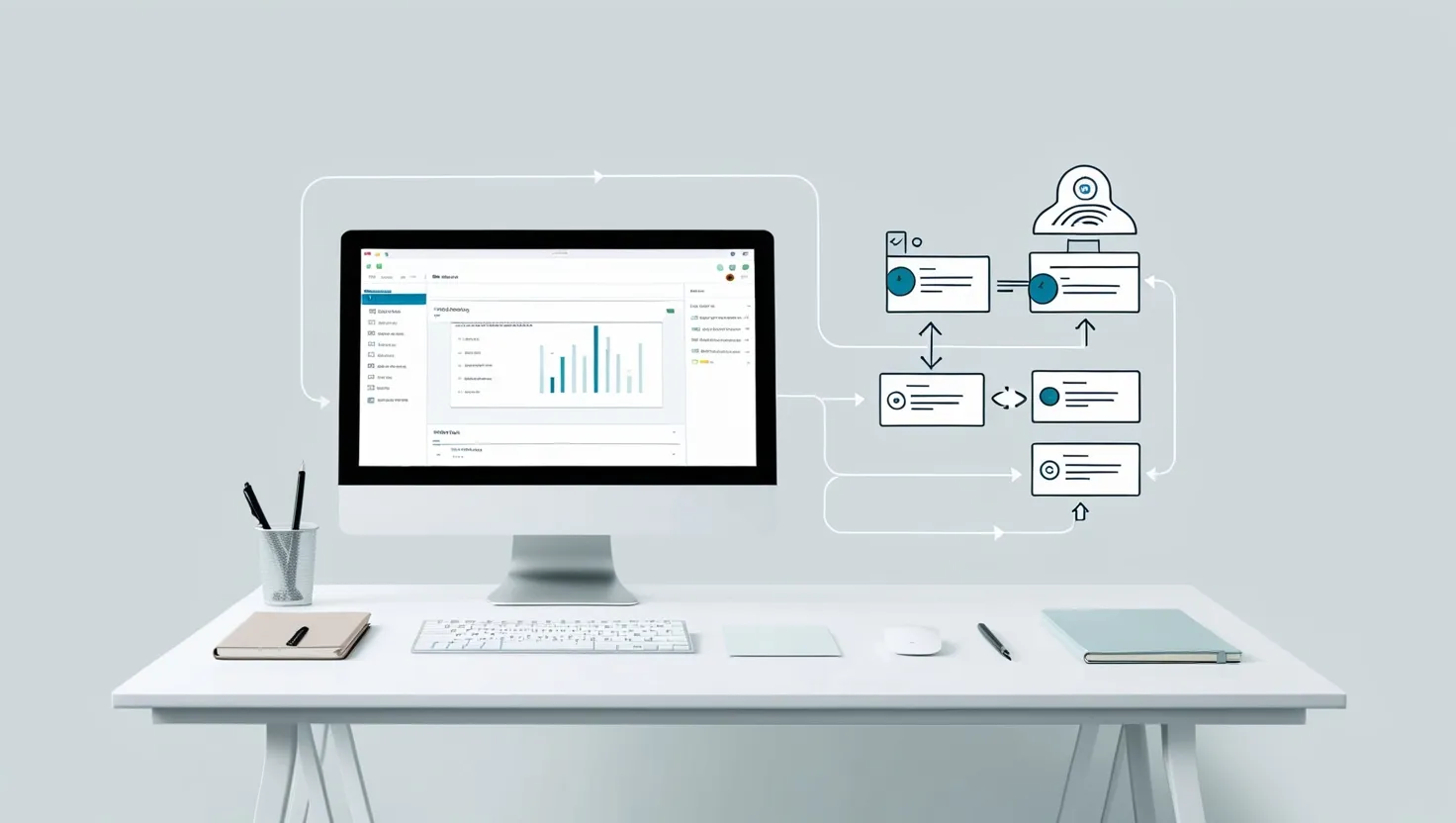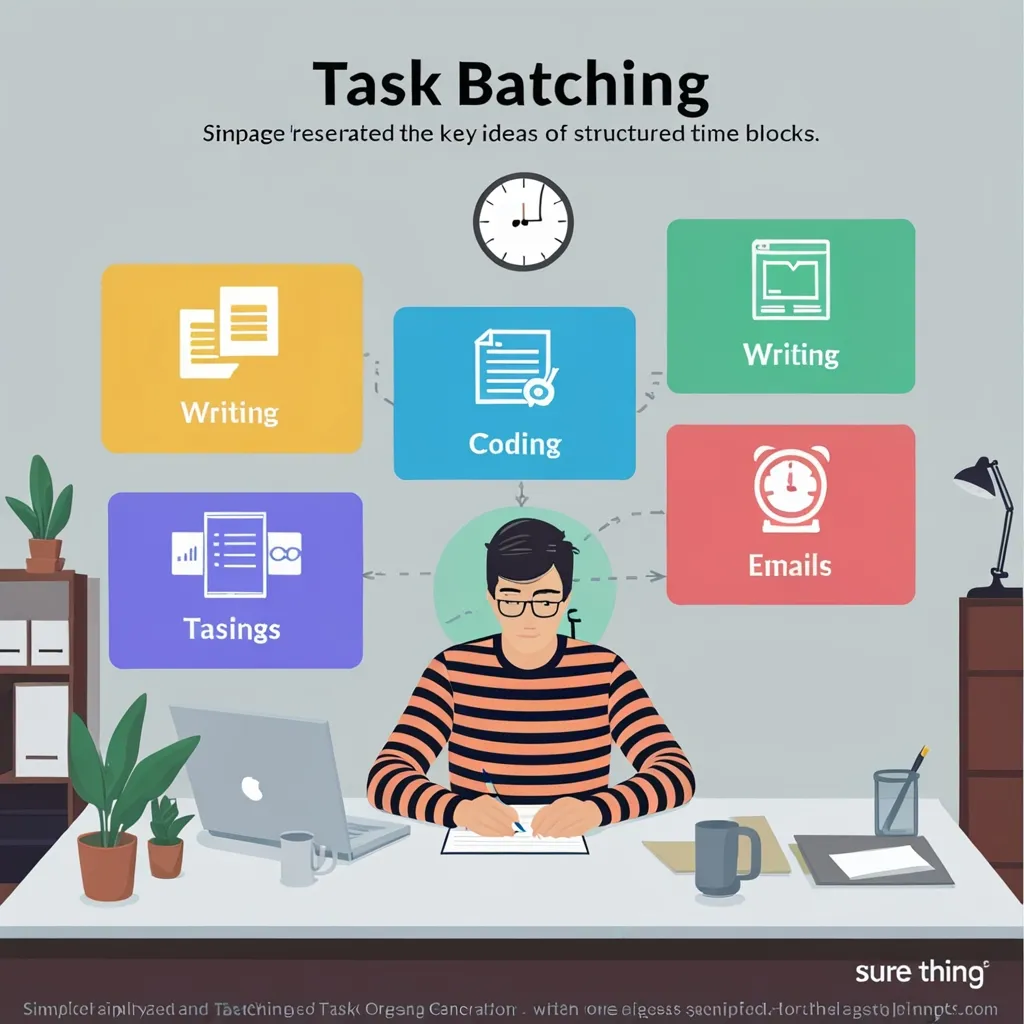In the hustle and bustle of our daily lives, transitioning between tasks can often feel like a Herculean task. We find ourselves stuck in a loop of starting and stopping, with each transition feeling like a mini-marathon. However, what if I told you there are ways to make these transitions not just manageable, but seamless?
Let’s start with a simple yet powerful ritual: the two-minute transition. Before you switch tasks, take two minutes to clear your workspace, both physically and mentally. This isn’t just about tidying up; it’s about resetting your entire mindset. Put away the materials from the previous task, close any unnecessary tabs on your computer, and take a few deep breaths. This brief pause allows your brain to disengage from the previous task and prepare for the next one. It’s a small act, but it sets the stage for a smoother transition.
Another effective ritual is the next-task preview. At the end of each task, spend just one minute reviewing your next priority. This mental preparation is akin to warming up before a workout; it primes your brain for the upcoming work, reducing the start-up time significantly. Imagine you’re about to switch from working on a complex report to studying for an exam. Taking that minute to glance over your study notes or outline can make the transition feel less jarring. It’s like giving your brain a heads-up, saying, “Hey, here’s what’s coming next.”
Understanding your natural energy fluctuations can also be a game-changer. Have you ever noticed that some days you’re a productivity machine in the morning, but by the afternoon, you’re running on fumes? This isn’t just a coincidence; it’s your body’s natural rhythm at play. Keep a simple energy log for a week to track when you’re most alert and focused. Then, schedule your high-focus tasks during your peak hours and save the easier tasks for when your energy levels are lower. This alignment ensures that you’re always working in harmony with your body’s natural cycles.
Sometimes, the simplest cues can make the biggest difference. Enter the context shift signal – a unique signal that marks the transition between tasks. This could be a specific song that you play every time you switch tasks, a short physical routine like stretching or a few jumping jacks, or even a particular scent that you associate with new beginnings. Consistency is key here; use this cue every time you transition to train your brain to shift gears more efficiently. It’s like conditioning your brain to recognize a signal that says, “Time to switch gears!”
Lastly, there’s the power of micro-goal setting. Before starting each new task, take a moment to jot down three specific, achievable goals for that work session. This practice provides clear direction and a sense of accomplishment as you progress. It’s not about setting grand, lofty goals; it’s about breaking down the task into manageable chunks that you can tackle one by one. For instance, if you’re working on a writing project, your micro-goals might be to write 500 words, edit a specific section, and research a particular topic. Achieving these small goals gives you a sense of momentum and keeps you motivated.
These rituals may seem simple, but they are rooted in a deeper understanding of how our brains and bodies work. They acknowledge that transitions are not just about switching tasks, but about maintaining focus and momentum throughout the day.
Imagine you’re a conductor of an orchestra, but instead of instruments, you’re managing tasks. Each task is like a different section of the orchestra – the strings, the brass, the percussion. To transition smoothly between these sections, you need to give each one its due attention and respect. You need to know when to pause, when to prepare, and when to signal the next move.
In our daily lives, we often overlook these small moments of transition, treating them as mere interludes rather than critical components of our productivity. But what if we started seeing these transitions as opportunities rather than obstacles? What if we treated each transition as a chance to reset, recharge, and refocus?
By incorporating these rituals into your daily routine, you’re not just making transitions easier; you’re transforming the way you work. You’re turning what was once a source of frustration into a seamless flow of productivity. And that’s the real magic – not in the rituals themselves, but in how they make you feel: more in control, more focused, and more productive.
So, the next time you find yourself stuck between tasks, remember that it’s not just about switching gears; it’s about setting yourself up for success. Take that two-minute pause, preview your next task, align with your energy levels, use your context shift signal, and set those micro-goals. These small acts can make a world of difference in how you navigate your day.
In the end, productivity isn’t just about getting things done; it’s about how you feel while doing them. By smoothing out those transitions, you’re not just enhancing your productivity; you’re enhancing your entire work experience. And that, perhaps, is the greatest productivity ritual of all.






